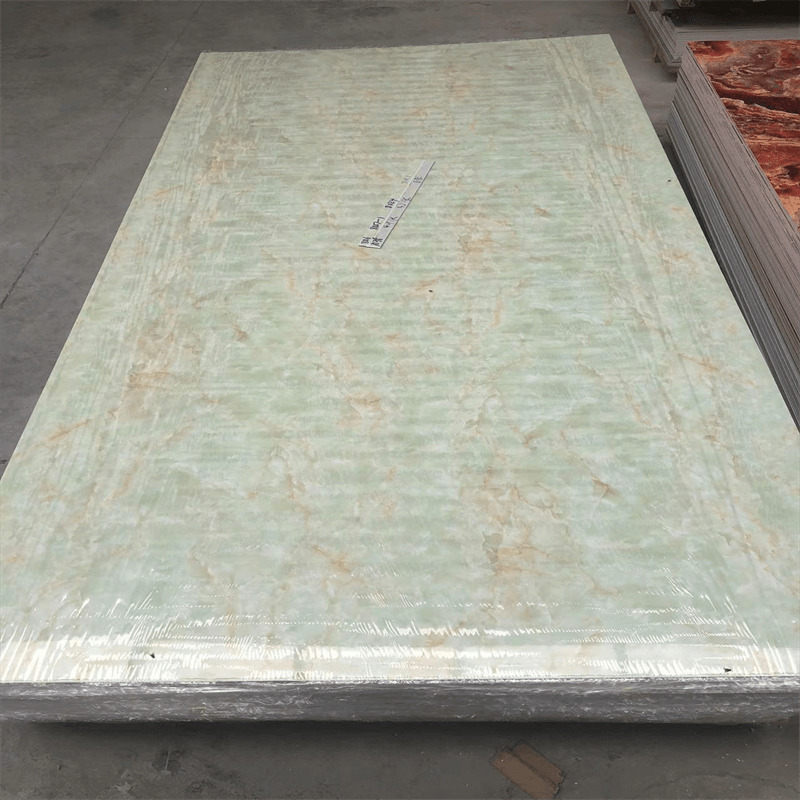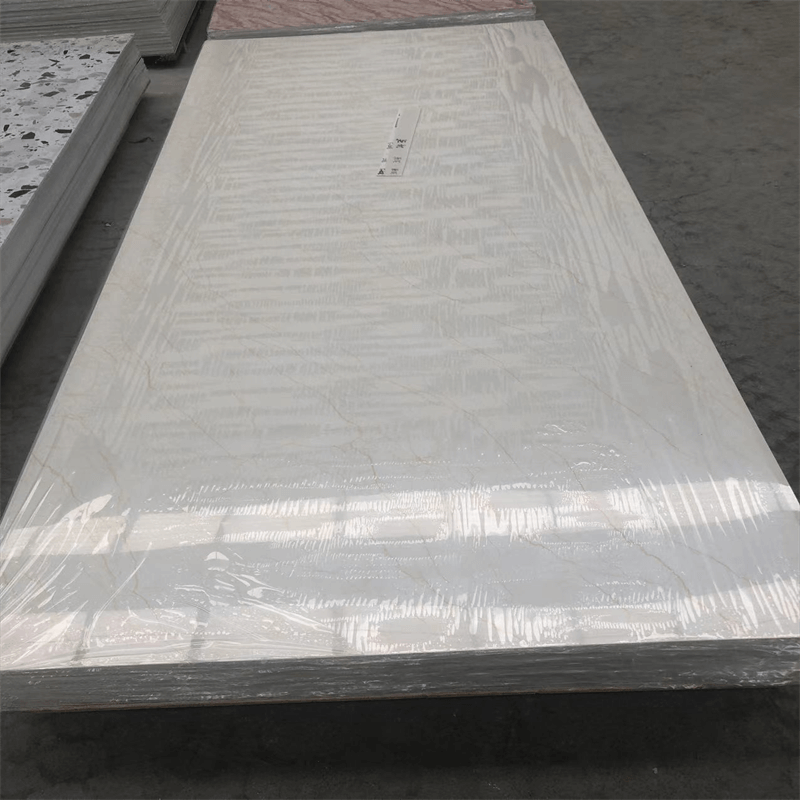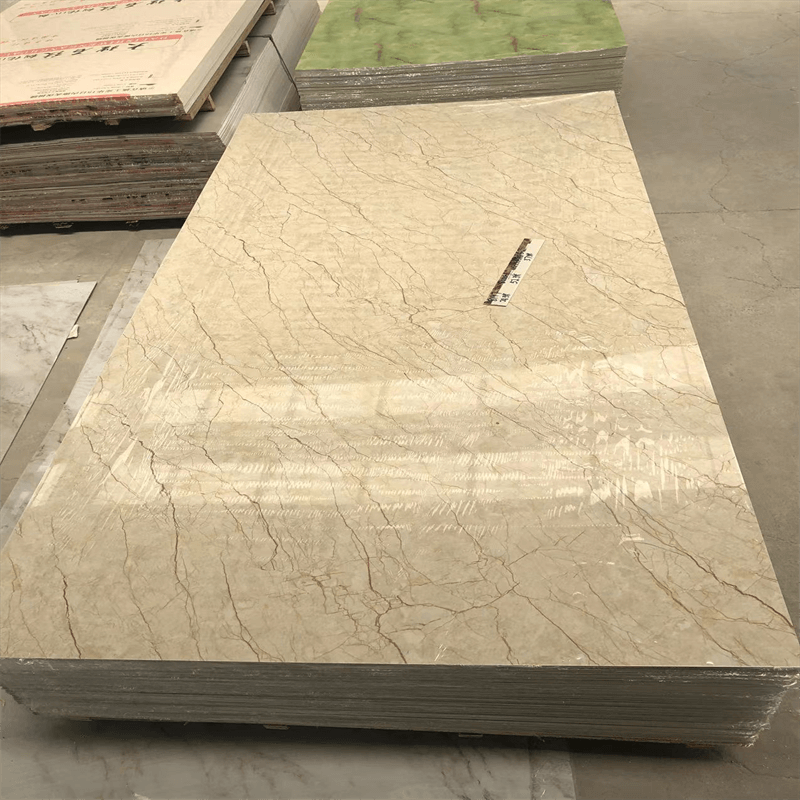
PVC (polyvinyl chloride) panels have become a popular choice in various construction and interior design projects due to their versatility, durability, and cost-effectiveness.
As a savvy consumer or project manager, understanding the economics behind PVC panel prices is crucial for making informed decisions and optimizing your budget.
In this article, we will delve into the factors that influence PVC panel prices, how the market dynamics affect cost fluctuations,
the impact of supply and demand, and the importance of balancing quality and price to achieve the best value for your investment.
Factors Influencing PVC Panel Prices
To comprehend the economics of PVC panel prices, it’s essential to examine the key factors that contribute to their costs.
Several elements play a significant role in determining the price of PVC panels:
Raw Material Costs The price of PVC panels is heavily influenced by the cost of raw materials used in their production.
PVC is derived from petroleum or natural gas, and fluctuations in crude oil prices can impact the overall cost of manufacturing.
Additionally, the quality and purity of the raw materials used can also affect the price.
High-quality resins and additives contribute to durable and visually appealing panels but may result in a higher price point.
Manufacturing Process The complexity of the manufacturing process and the technology employed can influence PVC panel prices.
Manufacturers that invest in advanced machinery and processes to ensure precision and consistency may charge more for their products.
On the other hand, some suppliers may offer budget-friendly options by using simpler manufacturing techniques.
Design and Aesthetics PVC panels come in a wide array of designs, colors, and textures.
Panels with intricate designs or realistic patterns, such as wood grain or stone, are likely to have higher production costs and, consequently, a higher price tag.
The aesthetic appeal and visual resemblance to natural materials often justify the additional cost for many consumers.
Panel Thickness and Size The thickness and size of PVC panels also play a role in their pricing.
Thicker panels, typically used in high-traffic areas or for added durability, may cost more due to the additional raw material required.
Larger panels can cover more surface area with fewer seams, but they may incur higher shipping and handling costs, which could impact the final price.

Market Dynamics and Cost Fluctuations
The economics of PVC panel prices are also influenced by market dynamics, which can lead to cost fluctuations over time.
Several market-related factors affect the pricing of PVC panels:
Raw Material Price Volatility As mentioned earlier, PVC is derived from petroleum or natural gas, and its price is subject to market fluctuations in the energy sector.
Changes in oil and gas prices can have a cascading effect on the cost of raw materials used in PVC panel production.
Consequently, PVC panel prices may vary with the fluctuations in energy prices.
Currency Exchange Rates For international suppliers and buyers, currency exchange rates can significantly impact PVC panel prices.
If a supplier’s currency depreciates against the buyer’s currency, the cost of importing PVC panels may increase.
Conversely, a stronger currency for the buyer could result in more favorable prices.
Competition and Market Demand The level of competition in the PVC panel market can also affect prices.
In a highly competitive market, suppliers may offer attractive pricing to gain a larger share of the market.
Conversely, during periods of increased demand, prices may rise due to limited supply and higher production costs to meet the demand.
Technological Advancements Advancements in PVC panel manufacturing technology can lead to cost efficiencies, potentially reducing the price of panels over time.
As manufacturers adopt more streamlined and innovative processes, the overall cost of production may decrease, benefitting consumers with more competitive prices.
Supply and Demand in the PVC Panel Market
Understanding the supply and demand dynamics in the PVC panel market is critical for predicting price fluctuations and identifying opportune moments for purchases:
High Demand and Limited Supply During periods of increased construction activities or interior design projects, the demand for PVC panels may surge.
If the supply cannot keep up with this heightened demand, prices may rise due to the scarcity of available panels.
In such scenarios, it is advisable for buyers to plan ahead and secure their purchases before demand peaks.
Low Demand and Excess Supply Conversely, during periods of low demand or an oversupply of PVC panels, suppliers may offer promotional pricing or discounts to clear their inventory.
Buyers can take advantage of such situations to negotiate better deals or invest in PVC panels for future projects.
Seasonal Trends Certain regions or industries may experience seasonal fluctuations in demand for PVC panels.
For example, construction projects may be more active during specific seasons.
Being aware of these trends can help buyers strategize their purchases and potentially secure better prices during off-peak seasons.

Balancing Quality and Price
While budget considerations are essential, striking the right balance between quality and price is crucial when purchasing PVC panels.
Opting for the cheapest panels without considering their quality and durability may lead to subpar performance and higher maintenance costs in the long run.
Investing in Quality High-quality PVC panels may come with a higher price tag, but they offer superior durability, resistance to wear and tear, and long-lasting aesthetics.
Investing in quality panels can lead to significant cost savings in the form of reduced maintenance and replacement expenses.
Warranties and Guarantees Reputable suppliers often provide warranties or guarantees on their PVC panels, demonstrating their commitment to delivering a reliable product.
Choosing panels with extended warranties can provide buyers with added confidence in their investment.
Consider Total Cost of Ownership When evaluating PVC panel prices, it’s essential to consider the total cost of ownership rather than just the initial purchase price.
Factor in maintenance costs, potential repairs, and the expected lifespan of the panels to make an informed decision about the overall value they offer.
Understanding the economics of PVC panel prices is critical for buyers and project managers seeking to optimize their budget and make well-informed decisions.
By examining the factors influencing PVC panel prices, recognizing market dynamics, understanding supply and demand fluctuations,
and balancing quality and price, you can secure the best value for your investment.
Remember that investing in high-quality PVC panels may lead to long-term cost savings and a successful project outcome, enhancing the aesthetics and functionality of the space.
